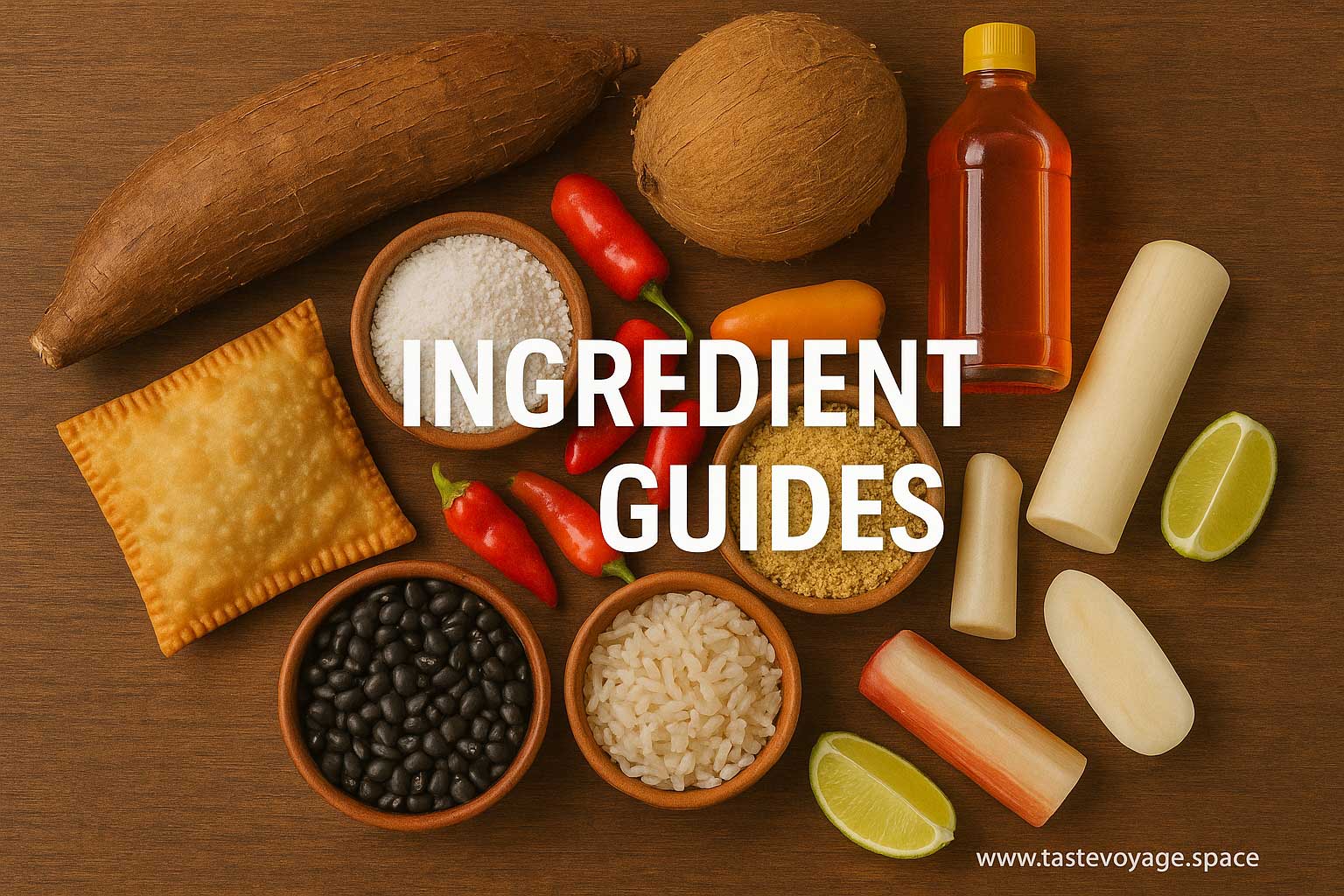Cassava Flour vs Tapioca Flour: Which Is Better?
Travel the World Through Food >> Brazilian Cuisine>>Ingredient Guides>> Cassava Flour vs Tapioca Flour: Which Is Better?
Cassava Flour vs Tapioca Flour: Which Is Better?
Cassava Flour vs Tapioca Flour: Celebrating Their Culinary and Cultural Significance
When exploring the world of gluten-free baking and cooking, two ingredients often come into focus: cassava flour and tapioca flour. While they are related and sometimes used interchangeably, each holds unique cultural value and culinary significance. Understanding these differences enriches our appreciation for the diverse flavors and traditions that shape global cuisines.
The Roots of Cassava and Tapioca
Cassava, also known as yuca or manioc, is a starchy root vegetable that has nourished communities across Central and South America, Africa, and Asia for centuries. Indigenous peoples cultivated cassava long before modern agriculture, recognizing its resilience and nutritional value. The root is processed into various forms, including cassava flour, which retains much of the root’s earthy flavor and nutritional profile.
Tapioca, on the other hand, is produced from the starch extracted specifically from the cassava root. The name “tapioca” originates from the Tupi language, reflecting its deep roots in indigenous Brazilian culinary traditions. Traditionally, tapioca pearls have been used in desserts and beverages, especially in Brazilian cuisine, where they symbolize comfort and celebration.
Cultural Significance in Culinary Traditions
Cassava flour and tapioca flour are more than mere ingredients; they are cultural symbols woven into everyday life and Special Occasions. Cassava flour is a staple in many traditional recipes, such as flatbreads, tortillas, and thickening agents. Its versatility makes it a fundamental part of routines that connect communities through shared culinary practices.
Tapioca flour has a special place in regional festivities and sweet dishes. In Brazil, tapioca pearls are used in “tapioca” desserts, which are enjoyed during festivities and family gatherings. These dishes often carry stories and memories passed through generations, emphasizing the importance of cassava-based ingredients in cultural identity.
Culinary Uses and Significance
The culinary significance of cassava flour lies in its adaptability. It mimics wheat flour closely, allowing bakers to recreate familiar Baked Goods while honoring traditional recipes. Its earthy flavor adds depth to bread, pancakes, and cookies, making it a beloved ingredient in gluten-free baking.
Tapioca flour is known for its unique ability to create chewy textures and glossy finishes. It is often used as a thickening agent in puddings, pies, and beverages, contributing to the sensory experience of a dish. The translucent appearance of cooked tapioca pearls makes them visually appealing, adding aesthetic value to desserts and Drinks.
A Bridge Between Culinary Worlds
Both cassava and tapioca flours exemplify how ingredients can carry cultural stories and culinary innovations. They serve as bridges connecting traditional recipes with modern dietary needs, fostering innovation without losing sight of their cultural roots. Chefs and home cooks alike cherish these ingredients for their ability to honor age-old traditions while inspiring new creations.
Embracing Diversity in the Kitchen
By appreciating the cultural and culinary roles of cassava flour and tapioca flour, we celebrate the richness of global food traditions. These ingredients remind us that food is more than sustenance; it is a reflection of history, community, and identity. Incorporating them into our kitchens allows us to pay homage to diverse culinary heritages and enjoy the flavorful stories they tell.
In conclusion, whether you’re exploring new recipes or simply curious about their origins, understanding the cultural value and culinary significance of cassava and tapioca flours enhances your appreciation for these remarkable ingredients. They are not just pantry staples—they are symbols of tradition, resilience, and the enduring power of food to connect us all.
